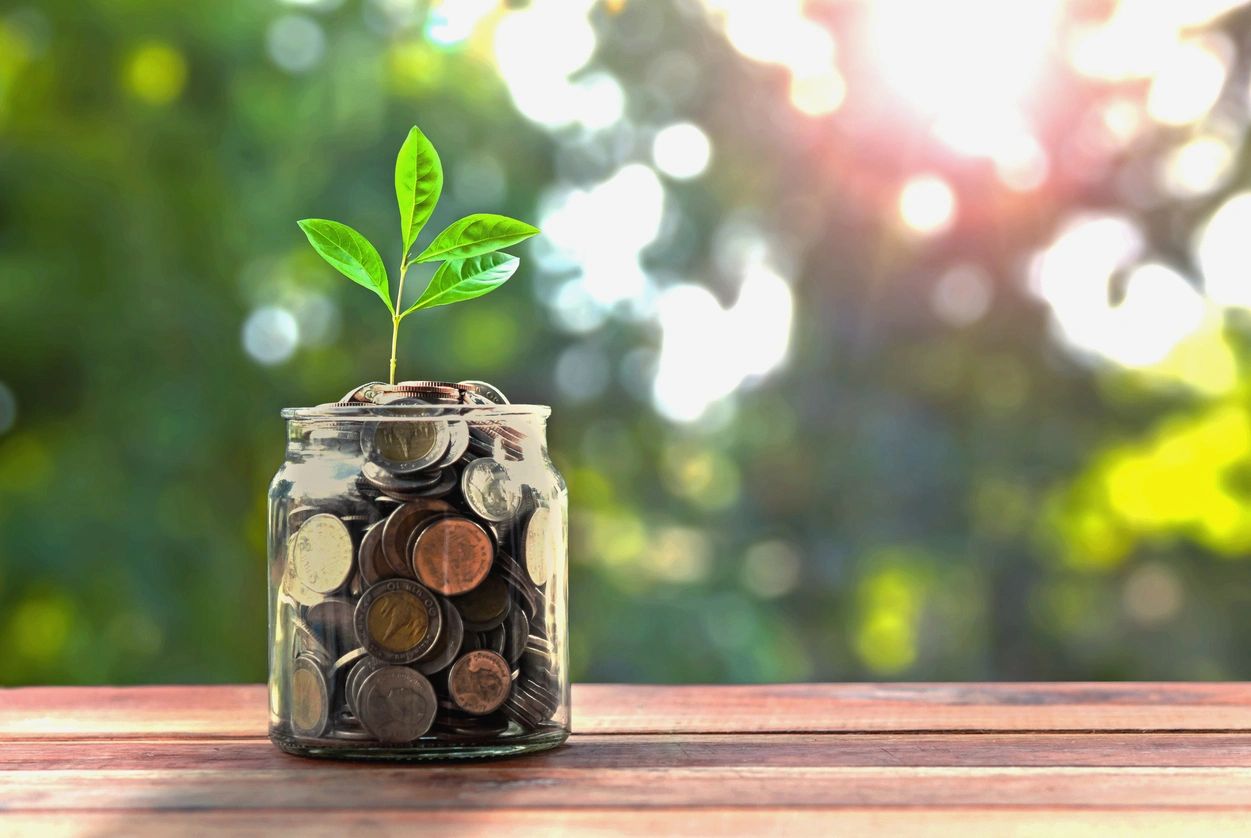In an age where environmental consciousness is more paramount than ever, creating a sustainable budget is not just a smart financial move; it’s a commitment to green living. The choices we make about our finances can profoundly impact the planet. By implementing eco-friendly practices into our budgeting techniques, we can foster a sustainable lifestyle that benefits our wallets and the Earth. Here’s how to cultivate a sustainable budget that aligns with your green values while ensuring financial stability.
Understanding Sustainable Living
Sustainable living encapsulates a lifestyle that seeks to reduce an individual’s or society’s use of the Earth’s natural resources. It’s about making conscious choices that minimize waste and environmental impact. By embracing sustainable practices, you not only contribute to the well-being of the planet but also create a healthier lifestyle for yourself and your community. This foundational understanding is crucial for integrating eco-consciousness into your financial planning.
Assessing Your Current Financial Situation
Before embarking on the journey toward a sustainable budget, it’s essential to assess your current financial situation. Take stock of your income, expenses, debts, and savings. This holistic view will illuminate areas where you can implement changes to foster greener habits. For instance, scrutinizing your utility bills can reveal opportunities for energy efficiency, helping you save money while reducing your carbon footprint.
Setting Realistic Goals
With a clear understanding of your finances, the next step is to set realistic goals. These objectives should align with both your financial aspirations and your desire to lead a more sustainable life. For example, aim to reduce your monthly expenses by a specific percentage, focusing on eco-friendly alternatives. Setting achievable goals provides a sense of direction and purpose, making it easier to transition into a more sustainable lifestyle.
Identifying Eco-Friendly Alternatives
Transitioning to a sustainable budget requires identifying eco-friendly alternatives to your regular expenditures. This might mean opting for reusable products instead of single-use items or choosing locally sourced food over imported options. Not only do these choices benefit the environment, but they often save you money in the long run. For instance, buying in bulk or shopping at local markets can reduce packaging waste and lower grocery bills, demonstrating that green living and financial prudence can go hand in hand.
Utilizing Local Resources
Your community is a treasure trove of resources that can aid in your sustainable budgeting efforts. Local farmers’ markets, community gardens, and thrift shops offer abundant opportunities to purchase sustainable goods at reduced prices. Engaging with your community can foster connections and inspire others to embrace eco-conscious practices. Utilize these resources to enhance your budget while supporting local economies and reducing environmental impact.
Tracking Your Spending
A vital component of any budget is tracking your spending. By keeping a meticulous record of your expenses, you can identify spending patterns and areas where you can cut back. Digital tools and apps can facilitate this process, allowing you to categorize expenditures and visualize your financial health. By being mindful of your spending habits, you can ensure that you allocate funds toward sustainable practices, such as investing in energy-efficient appliances or supporting eco-friendly businesses.
Building a Flexible Budget
Creating a sustainable budget doesn’t mean adhering to a rigid financial plan. Instead, it’s about building flexibility into your budgeting strategy. Allow for adjustments based on changing circumstances or new opportunities that align with your sustainability goals. This adaptability can alleviate stress and promote a more enjoyable budgeting experience. Incorporating a buffer for unexpected expenses ensures that your commitment to green living doesn’t become a financial burden.
Summary
Crafting a sustainable budget is an empowering journey that harmonizes financial prudence with environmental stewardship. By understanding sustainable living, assessing your finances, setting realistic goals, and utilizing local resources, you can create a budget that reflects your values. Embrace eco-friendly alternatives and track your spending to build a flexible budget that not only enhances your financial health but also nurtures the planet. In the end, a sustainable budget is not merely a financial plan; it is a pathway to a more conscious and fulfilling way of life.
Please like, comment, and share this article if you found it helpful and
informative.
Visit https://bigtownbulletin.com if you would like to see more of this content.
Please like, comment, and share this article if you found it helpful and
informative.
For more news check out Big Town Bulletin News
For more from Big Town Bulletin check out Big Town Bulletin


